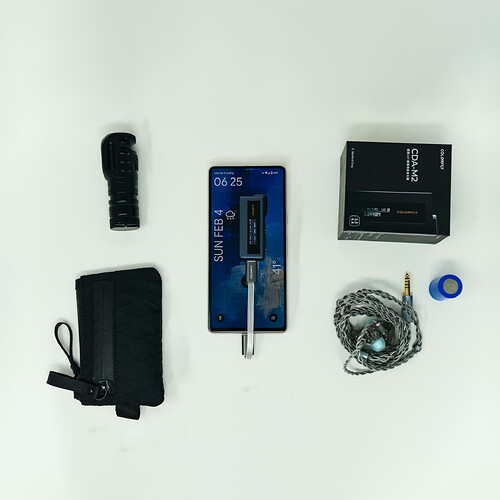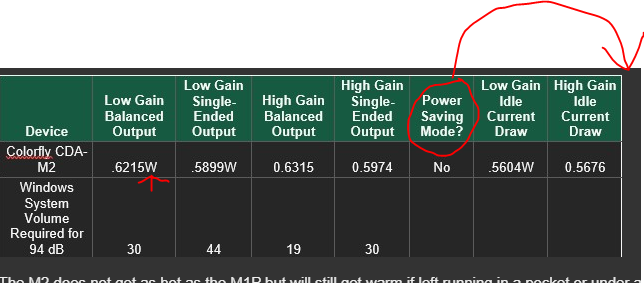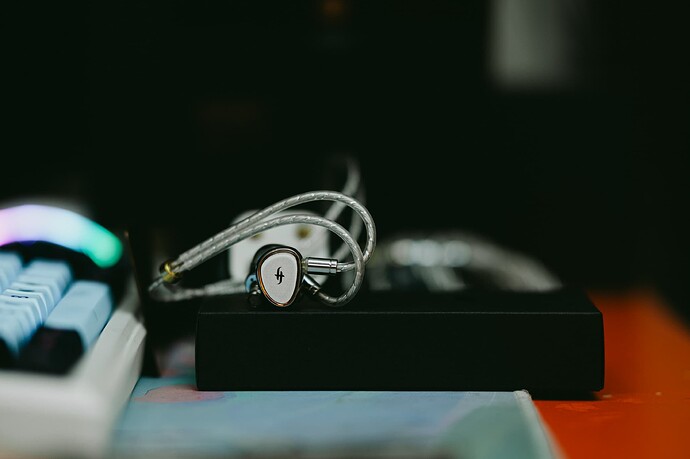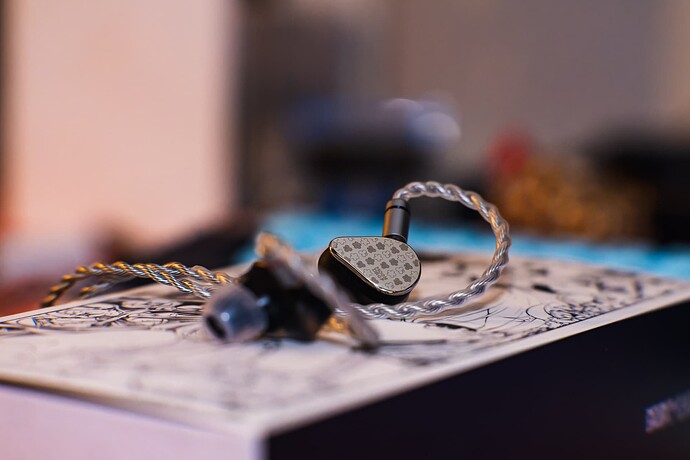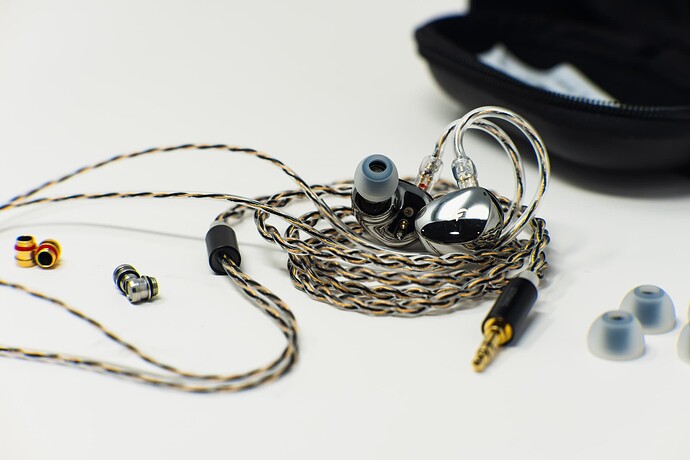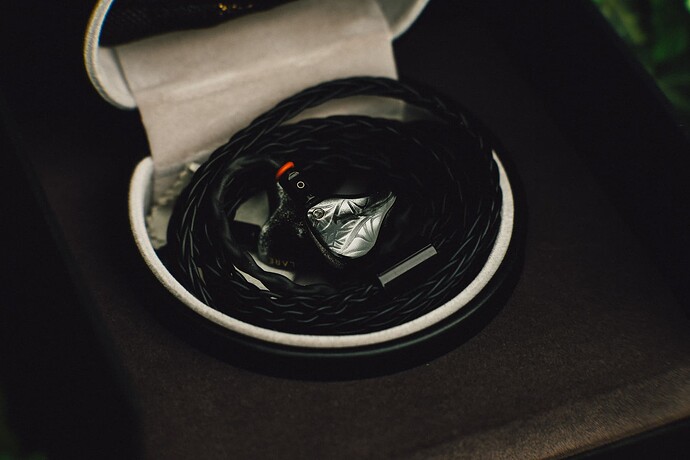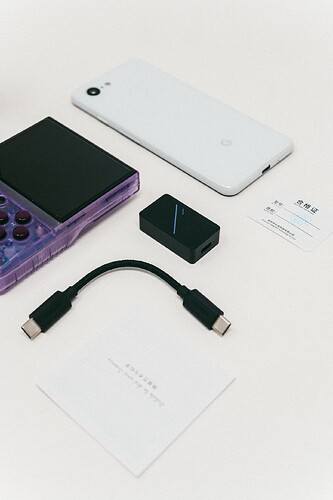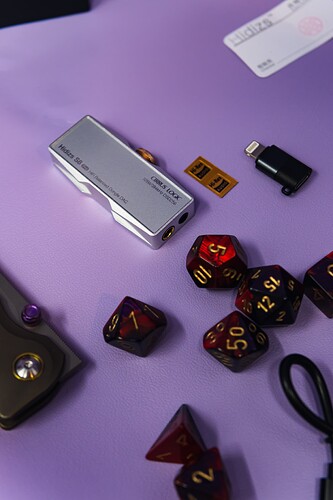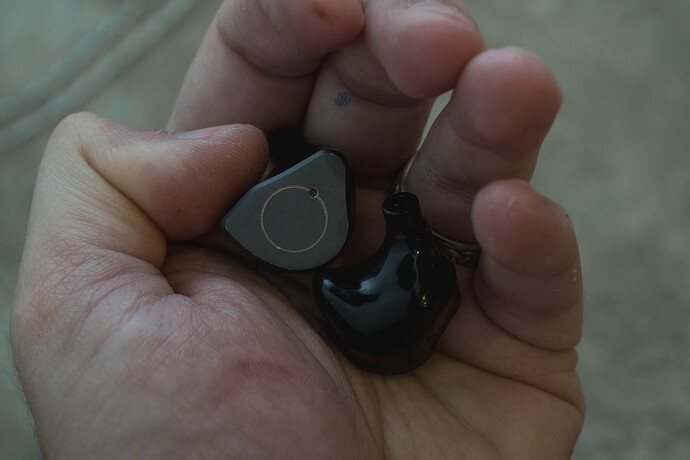Colorfly CDA-M2 Review
The Colorfly CDA-M2 is a DAC/AMP combination device equipped with both 4.4mm balanced and 3.5 mm single-ended outputs, dual CS43198 DAC chips, and an OLED display. Priced at $159.99, this review is based on a unit provided by ShenzhenAudio.
Headphones
The Colorfly CDA-M2 was tested using the following headphones:
- Moondrop S8
- Moondrop Para
- Simgot EA1000
- Dunu Vulkan
Packaging and Accessories
The Colorfly CDA-M2 comes in a square black cardboard box with a black slipcover. The device is securely nestled in a foam mounting sheet inside the box. The package also includes a USB-C to USB-C cable and a user manual.
Design and Controls
The Colorfly CDA-M2 is slimmer and much lighter than the Colorfly CDA-M1P. Unlike the M1P’s polished gunmetal grey exterior, the M2 sports an anodized cobalt finish. Like the M1P, the M2 features physical volume controls and a multifunction button that, when long-pressed, allows the user to configure various device parameters. These parameters include gain level, left-right balance, digital filter, S/PDIF output through the 3.5mm jack, a de-pop function, display brightness, display rotation, and the display sleep settings. Additionally, the current firmware version can be displayed, and the M2 can be reset to its factory defaults through this set of menus.
Standards Compliance
The Colorfly CDA-M2 does not support headset controls or pause on headphone disconnect functionality, and it does not relay connector status to the host device.
Power and Heat Management
Power consumption was measured using an IEC-711 clone microphone and a WITRN U2 USB power meter. The test involved playing a -10 dBV 1 kHz test tone from REW through the Moondrop S8 (Impedance: 16Ω±15%@1Khz, Sensitivity: 122Db/vrms) and increasing the volume until an SPL of approximately 94 dB was achieved.

The M2 does not get as hot as the M1P but will still get warm if left running in a pocket or under a blanket.
Sound Quality
Note: The following observations were made while switching back and forth between the Colorfly CDA-M2 and the Colorfly CDA-M1P under sighted conditions. There was a delay of several seconds when switching between devices. The two devices were volume-matched to within .1 dB. The Moondrop S8 was used as the transducer for this comparison. In most cases, any differences between competently designed sources are minor and not necessarily apparent under uncontrolled testing conditions.
In addition, I made the following observations with a system-wide -4 dB pre-amp setting as suggested here. While I recommend using this pre-amp setting to preserve fidelity, it does reduce the headroom of all connected source devices.
The CDA-M2 provides surprisingly greater insight into treble details than the M1P. There is a hint of extra brilliance to cymbal clashes that is particularly noticeable. There is slightly more breadth and separation to the soundstage with the M2. I also noticed the same phenomenon comparing the M2 to the M1P as I noticed comparing the Topping D90SE to the Topping D30 Pro and E30, which is that I can turn the volume up louder with the M2 before I lose the perception of separation between instruments. The M2 just sounds more resolving and cohesive. The M1P does seem a bit punchier in the bass region and seems to dig a hair deeper into the sub-bass, at least with the Moondrop S8, which is arguably least competitive in its lower frequency response.
Final Thoughts
There are many perfectly competent, powerful dongles for less than half the price of the Colorfly CDA-M2, and as with many aspects of this hobby, diminishing returns are very much in play here. However, as an audiophile who chases detail retrieval above all other intangibles, I can hear the CDA-M2 push the Moondrop S8 far enough beyond what is possible with more affordable dongles that it would be worth purchasing on my own dime were I to misplace my review unit.
The Colorfly CDA-M2 can be purchased at the link below:
